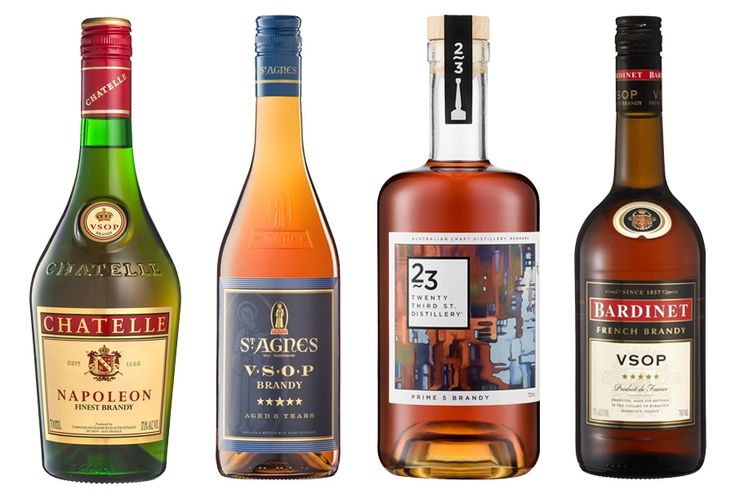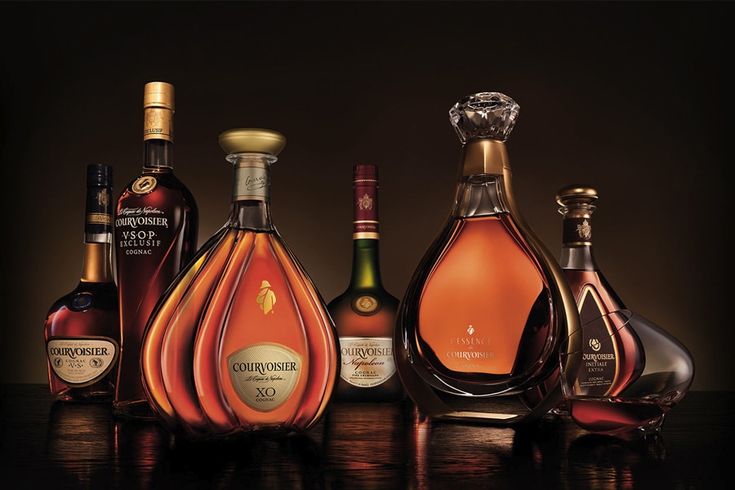History of Whisky: From Monastic Roots to Global Fame
2025-06-03

_1736165156.jpg)
Brandy, and cognac of course, has always been an enigmatic aspect in terms of spirits. Just as both form spirit as distilled fruit liquid, the two have a lot of other things in common. However, their major distinction must be comprehended for fine and noble beverages. So, let's take the brandy versus cognac argument and break it down-the differences between the two.

A distilled spirit made from fermented fruit juice is commonly known as brandy. Commonly, brandy is made from grapes, but this streaming alcoholic beverage is also made from other fruits: apples, pears, and even plums. In certain words, brandy is not much other than distilled wine: the fermented fruit juice is distilled so it becomes strong and concentrated in flavor.
The alcohol content is approximately 90 to 100 proof, which accounts for the sweet and substantial flavors of such beverages. Says it all: wine grapes do not monopolize this country; because of these countries being endowed with lush orchards-French, Spanish, and Italian-another brandy style per region was developed. The flavor profile mellows during the aging that takes place in wooden barrels, adding caramel and vanilla notes and, at times, dried fruit.
Some brandies may not be aged, but the ideal way to enjoy them is amber to dark brown. The power of this aging rounds off flavors and smoothes the spirit. Traditionally, this has been some sort of a digestive after a long meal, neat or on the rocks. However, it is also used in some instances to add sweetness and complexity to other cocktails.

Cognac is recognized as a brandy, yet it is different from all other types of brandy. It is a homonymous word for a particular style of brandies based on numerous qualifications. While all cognac is brandy, indeed not all brandy is cognac. So, what makes cognac so special?
First of all, cognac happens at a geographically defined place-i.e. the Cognac region of southwestern France. It is the most important geographic distinction because of this: only spirits made in this area can legally be called "cognac," just as only sparkling wine made in the The Champagne region of France can be called Champagne. The fruit base, on the other hand, must consist of special white grape varieties such as Ugni Blanc, Folle Blanche, and Colombard.
But it doesn't stop there. The making of cognac is very strictly regulated. Cognac needs to be distilled twice, that is, from the fermented grape juice, twice distilling in the copper pot stills. This process spans between October 1 and March 31 and is labor-intensive, hence producing a more elegant spirit.
Cognac also needs aging at least two years in French oak barrels. With its age, the spirit acquires golden coloring and gains a smooth, complex character that is usually described as fruit-forward, including hints of being floral, spicy, and nutty. Cognac's aged grapes further add to this flavor, aging cognacs for longer, giving them a better quality.
Now that we understand the basics, let’s dive into the key differences between brandy vs. cognac.
Some of the brands to be well-known in this category include Hennessy, Rémy Martin, Courvoisier, and Martell. These brands enjoy global recognition and are synonymous with high-end, premium spirits. Hennessy, for instance, remains one of the largest producers of cognac with an extensive history of blending exceptional notes. However, there are numerous smaller distilleries offering premium cognacs at optimized prices, thus making it easier for clients to try their hands at this sophisticated spirit.
While cognac is perhaps the most famous, it’s by no means the only type of brandy out there. Here are a few other popular varieties:
Brandy and cognac can certainly be enjoyed in a number of different ways. Typically, they are both served either neat in a snifter to appreciate all the complex aromas they present. However, both may just as easily be enjoyed in cocktails. An old favorite of cognac could definitely be the Sidecar, which contains cognac, orange liqueur, and lemon juice. Brandy, in turn, would deepen drinks such as the Brandy Alexander or the classic Sazerac.
To make the final point in the debate between brandy vs. cognac, all cognacs are brandies, but no brandies are cognacs. The two are similar in that they are distilled liquids made from the fermented juice of fruit, but cognac was developed with very stringent criteria as compared to all other types of brandy. It is produced in a certain geographical region of France, the specific cognac region, and has a different process of distillation and aging. Be it neat, on the rocks, or mixed into a cocktail, both brandy and cognac can be amazing flavors worth exploring.